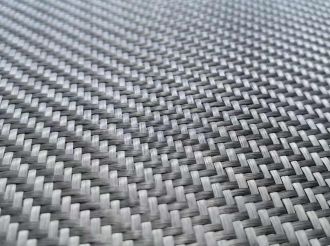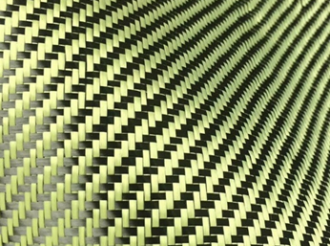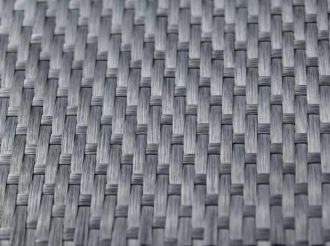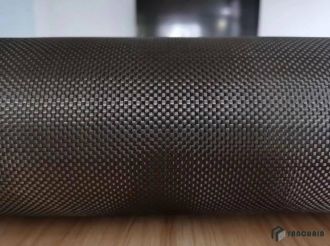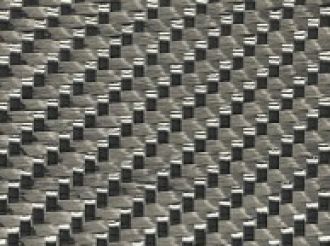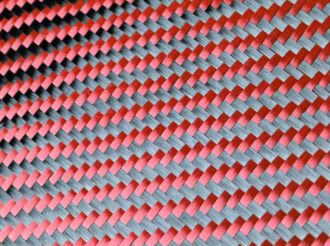Application of composite materials in automobile lightweight
- 2022-08-24
Carbon fiber composite materials
Carbon fiber (CF for short) is a new type of fiber material with high-strength and high-modulus fibers with a carbon content of more than 90%. It is a microcrystalline graphite material obtained by carbonization and graphitization by stacking organic fibers such as flake graphite microcrystals along the fiber axial direction. Carbon fiber is "soft on the outside and rigid on the inside", its specific gravity is only a quarter of that of steel, but its strength is higher than that of steel, and it has the characteristics of corrosion resistance and high modulus.
Advantages of carbon fiber
-
Carbon fiber composite material has high strength and modulus, and is the most ideal lightweight and high-strength vehicle body material.
-
When the carbon fiber composite material encounters a collision, it does not absorb energy through plastic deformation, but becomes countless tiny fragments, so it can absorb a large amount of collision energy, which is about 4 times that of the steel structure, and has high safety. .
-
Carbon fiber composite materials are easy to form, that is, it is easy to form a shape that conforms to the dynamic principle to meet the needs of aesthetics and a smooth surface, so it can save the complicated and cumbersome body painting and processing procedures and reduce a certain cost.
-
When carbon fiber composite materials are formed, different materials can be integrally formed, which is more conducive to the modularization and integration of automobiles during manufacturing.
-
Carbon fiber composite material is insoluble in acid solution, alkali solution and organic solution, and its chemical properties are stable, so it has good corrosion resistance, long life, almost no maintenance, and low maintenance cost.
Carbon fiber composite materials have high strength, high modulus, and no creep, and can be used to manufacture drive shaft structures. The LP700-4 body invested by Lamborghini has extremely high strength and rigidity, and is also very safe.
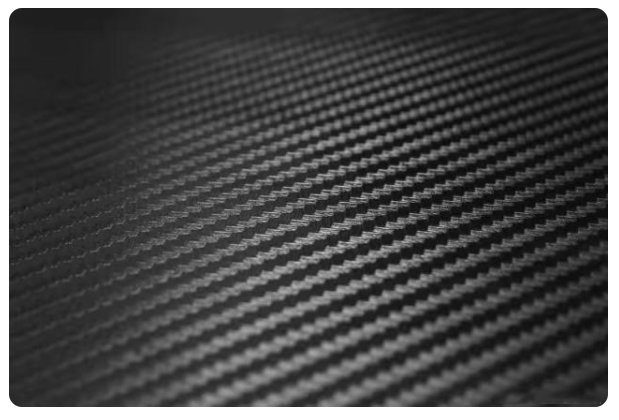
The brake discs and brake pads of F1 racing cars also use carbon fiber composite materials, which makes the brake discs of F1 racing cars far higher than the brake discs of ordinary civilian cars in terms of performance and price.
However, carbon fiber also has its own limitations
-
The operation is time-consuming, the batch production is small, and the design and process development are difficult.
-
Material costs are also high, with an LFA for a full carbon fibre body and chassis costing upwards of £300,000, which is almost the price of a Ferrari 458 and a Range Rover.
-
It is a brittle material, which is basically irreparable after damage, and the high strength of carbon fiber is only limited to the axial direction, and its radial strength is relatively fragile, (so it is often used to take advantage of its light tensile strength and avoid doing side bearing. impact part).
-
The connection between carbon fiber and other materials is also a problem. If a traditional bolt connection is used, cracks are prone to occur around the connection.
Compared with aluminum alloy, carbon fiber cannot be recycled.
As the main part of the car bumper, the anti-collision beam of the car is the most important load-bearing and energy-absorbing part in the low-speed collision, which can protect the passengers and surrounding parts. Carbon fiber composite materials have low density, high specific strength, large specific modulus, and good collision energy absorption. After the collision model is established according to the relevant requirements, the steel anti-collision beam and the carbon fiber composite anti-collision beam are tested, and the collision simulation is carried out to analyze the energy absorption of the two materials. The results show that the specific energy absorption of carbon fiber is steel. 3.7 times, and the weight loss reached 71.4%. The energy absorption characteristics and lightweight effect are significantly improved.
Example: The 2020 Chevrolet Corvette Stingray designed and built the automotive industry's first curved, multi-hollow pultruded carbon fiber crash beam, which provides strong protection for the Stingray's rear and extended torso, while it The lightweight characteristics of the Stingray also greatly improve the handling and fuel-saving performance of the Stingray.
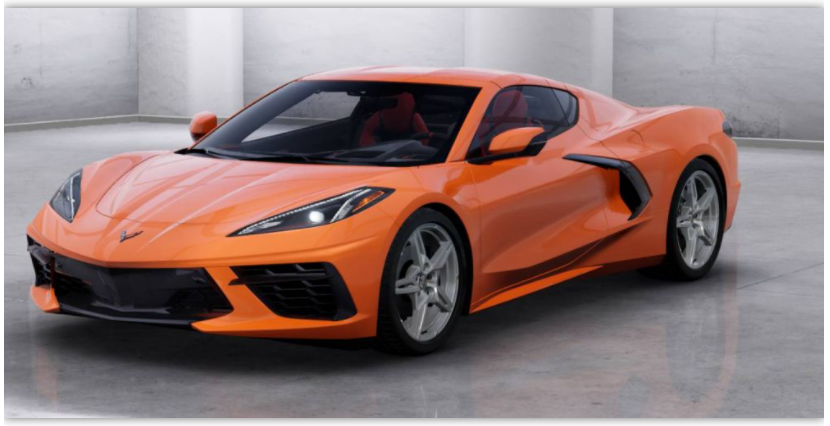
People also use a lot of carbon fiber in the body. Compared with the shortcomings of carbon fiber mentioned earlier, the BMW i series has successfully avoided and solved some problems with its application methods and technologies on the body. The body structure of the BMW i series adopts carbon fiber materials in a large area. The new bodybuilding workshop at the Leipzig plant joins together carbon fiber reinforced plastic composite components to create the basic structure of the Life module.
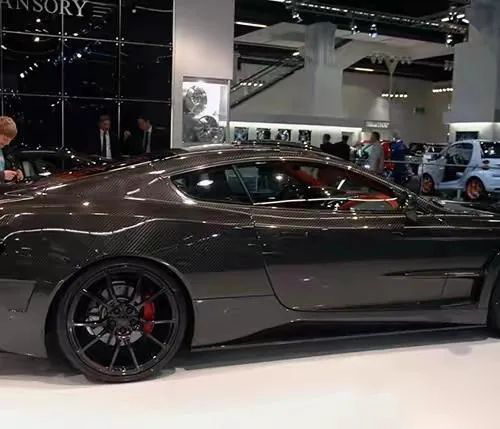
Resin matrix composites
Not only can resin matrix composites reduce the quality of parts by up to 40 percent, but they can also reduce production costs by around 40 percent. At present, glass fiber reinforced resin composite materials and carbon fiber reinforced resin composite materials have been successfully applied in automobiles, and have been widely used in automobile interior parts and exterior parts.
Glass fiber reinforced resin composite material (GFRP) has good corrosion resistance, good insulation, especially good plasticity, low requirements for molds, simple processing technology for molds for manufacturing large body cover parts, short production cycle and low cost. For cars and passenger cars, use glass fiber reinforced resin composite materials to manufacture car body coverings, passenger car front and rear wall coverings and truck cabs and other parts.
Carbon fiber reinforced resin matrix composites (CFRP) have a series of advantages such as light weight and high strength, high fracture toughness, corrosion resistance, strong designability, easy molding, and good vibration damping performance, which can not only meet the rigidity and light weight of components It also has obvious advantages in vehicle safety, so it is a promising lightweight material for automobiles. However, it has disadvantages such as high cost and long molding cycle.
At present, the body air deflectors, front fenders and front fender extensions, headlight covers, engine covers, Decorative strips, tail panels, etc., body panel stiffeners manufactured by transfer molding technology (RTM), etc.
